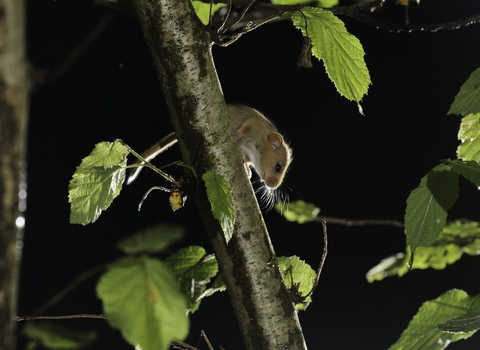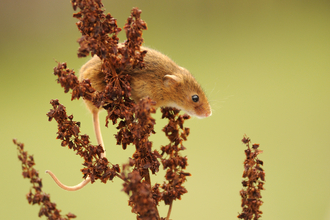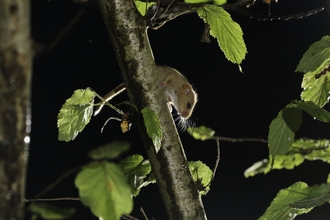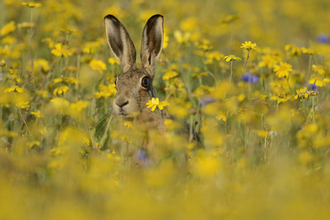Back in 2002, a group of mammal experts gathered in Alresford, at the invitation of Robin Cottrill (an active conservationist in north Essex), to discuss the formation of an Essex and Suffolk Dormouse Project. The group’s mission? To discover the true status of dormice across two counties.
A group determined to make a difference
Back in 2002, a group of mammal experts gathered in Alresford, at the invitation of Robin Cottrill (a hugely active conservationist in north Essex), to discuss the formation of an Essex and Suffolk Dormouse Project. The group’s mission? To discover the true status of dormice across two counties.
Fifteen years on, the renamed Essex and Suffolk Dormouse Group (affiliated to both Essex Wildlife Trust and Suffolk Wildlife Trust) has dozens of skilled volunteers assisting an ever-growing core of fully trained, licenced dormouse handlers.
Dormouse populations under threat
Dormice can live up to five years in the wild; a long time for a small mammal. They are nocturnal and spend most of their life in tree canopy or dense scrub. They generally have just one litter of 4-5 young annually but as the climate warms there are more instances of second litters occurring and these late litters may be too small to survive the winter. More importantly, they are one of our few true hibernators and hibernate on the ground, usually under a pile of leaves, so are very vulnerable to trampling or predation.
Yet, despite all our knowledge about these iconic animals it is astonishing to think that when the dormouse project was conceived, we simply had no idea of the full distribution of dormice in Essex. Dormice had declined by 23% between 1993 and 2000, largely due to a volatile climate and decades of habitat loss, so it was important for us to know how our local populations were doing.
Introducing dormouse nest tubes
The problem is that dormice are small, nocturnal, leave few eld signs and live in very low numbers in woodland and scrub. These characteristics make them virtually impossible to find! The solution is to provide a plastic 'nest tube', which we put up trees and hedges.
By 2011, 33 new dormouse sites had been discovered in Essex alone and a truer distribution of the species was finally being revealed. In 2016, the Dormouse Group embarked on its most ambitious survey to date, checking 1,350 survey tubes across 27 sites in Essex and Suffolk each month between April to November. This was one of the most detailed studies of dormouse nest tube activity undertaken with 244 nests and 202 dormice recorded.
In 2024, we installed 100 dormouse nest tubes in suitable scrub and woodland across Middlewick Ranges in Colchester.






